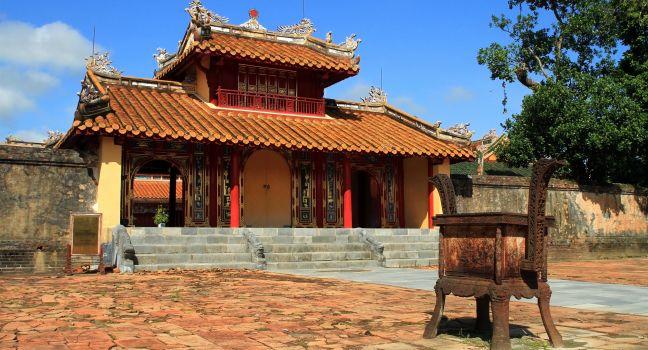Suoi Tranh
At the end of a 20-minute rain-forest walk, you'll reach this small but picturesque waterfall, which is much more spectacular in the rainy season but still worth visiting in the dry season. There are food and drink vendors and restrooms at the waterfall.
Suoi Tranh is popular with bus tours, so arrive early to avoid the crowds.
The entrance fee is used to pay trash collectors, so this site is much cleaner than some others on the island.




